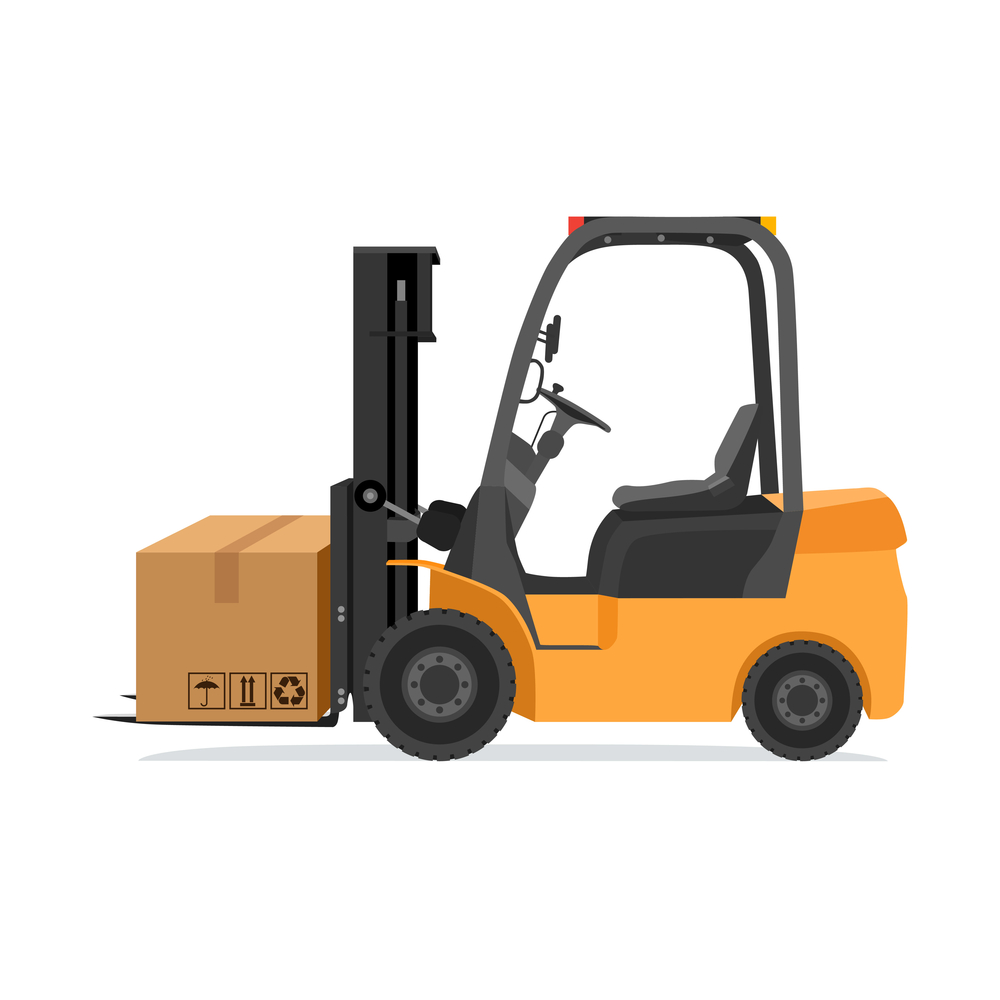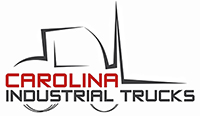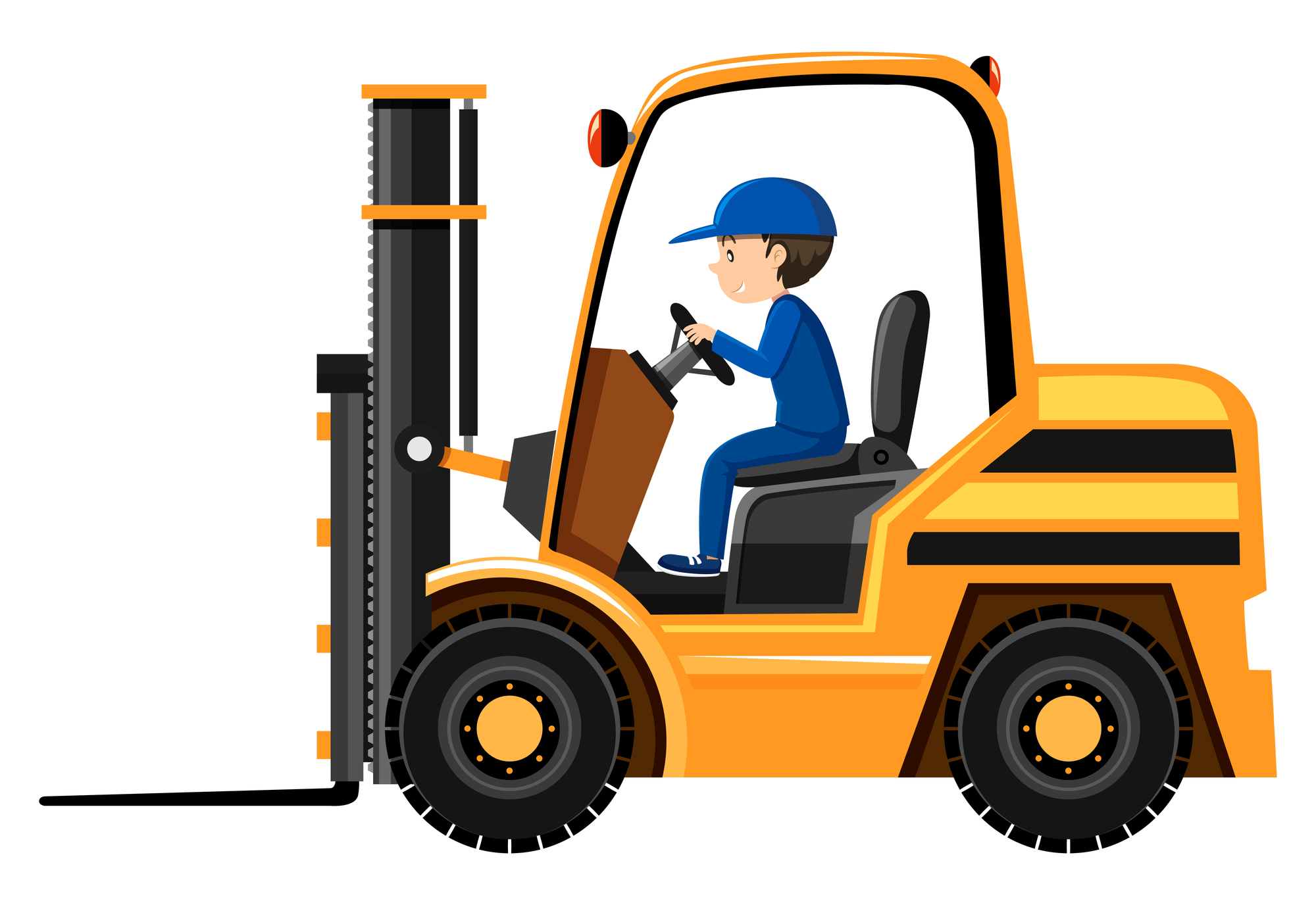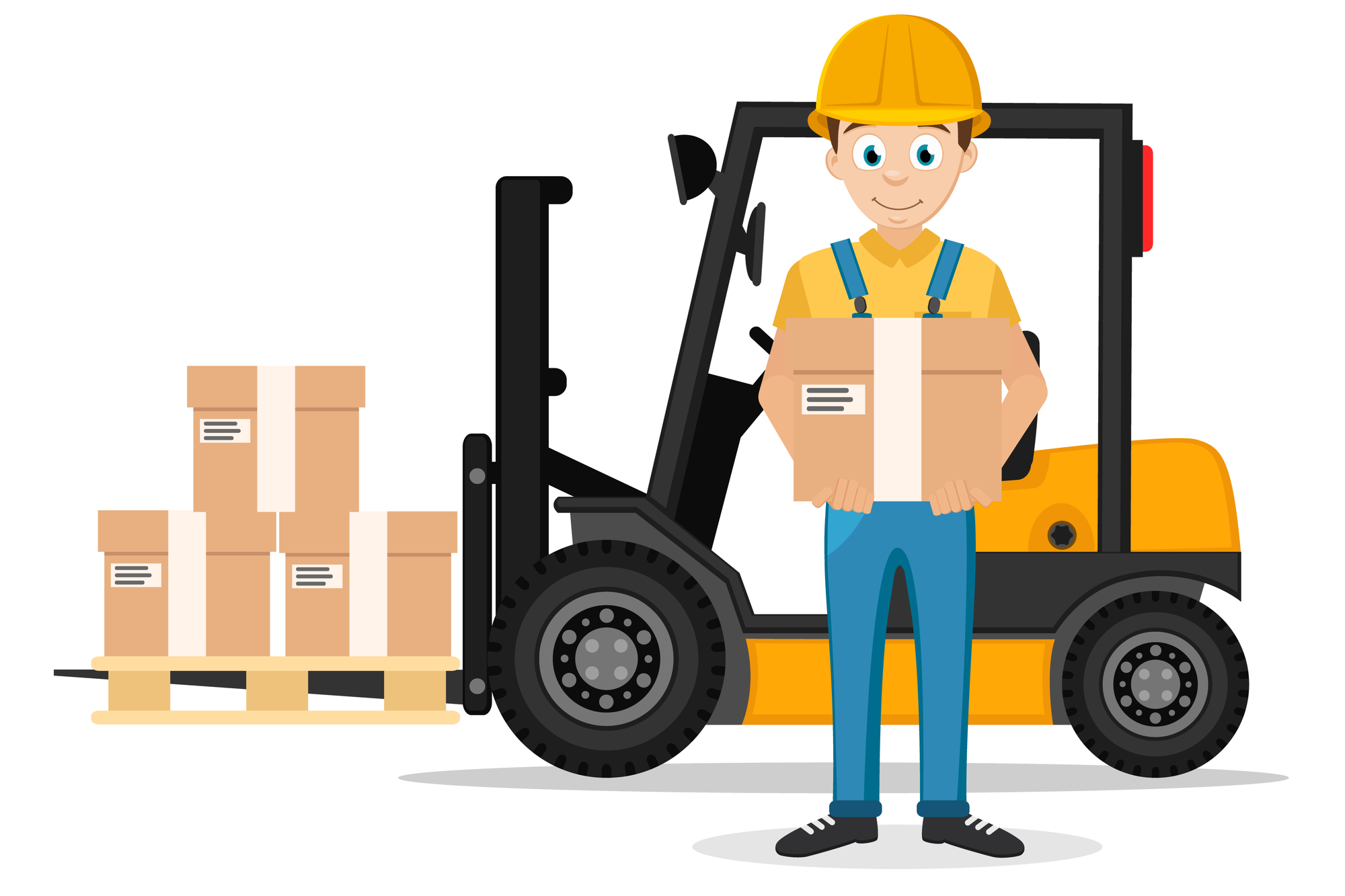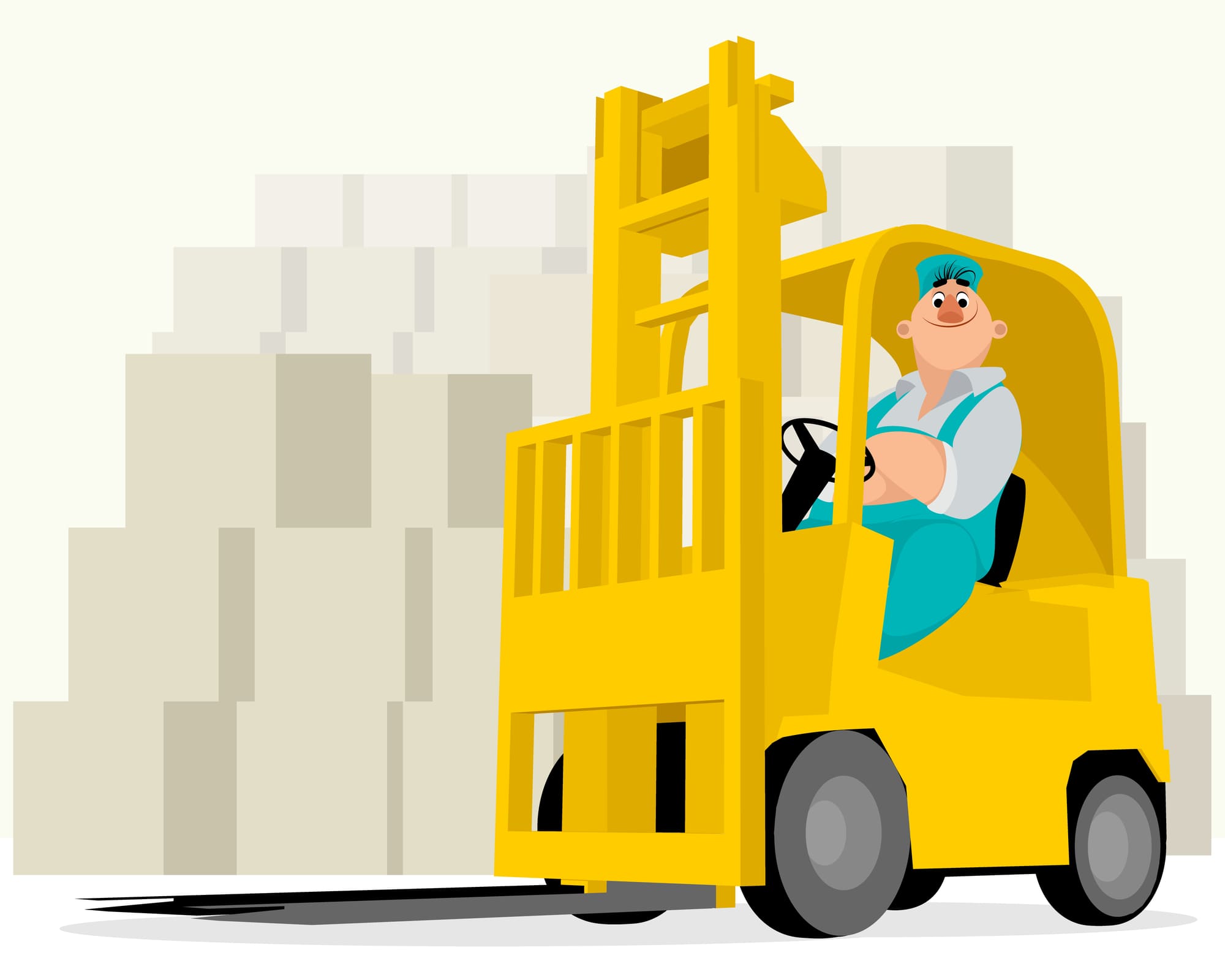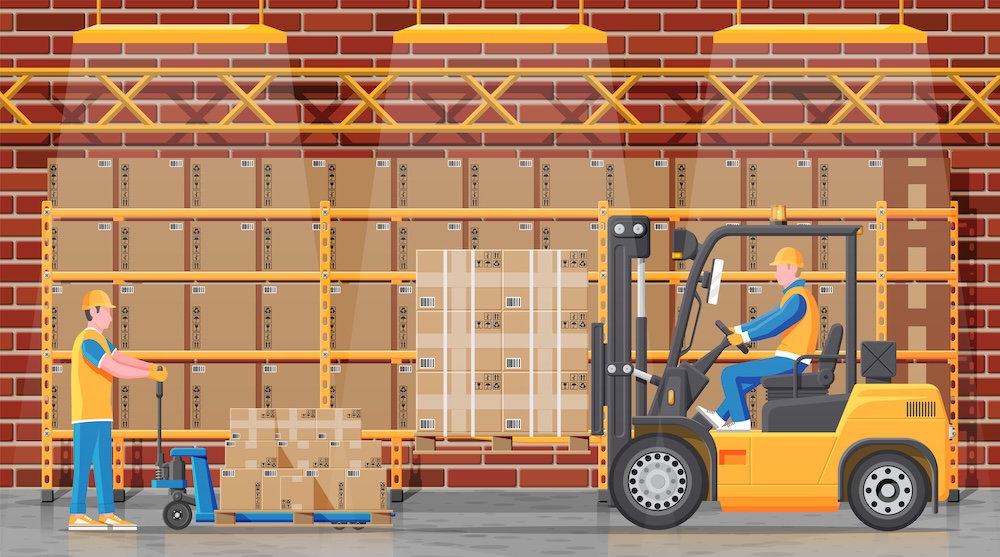The Importance of Inspecting the Forks of a Forklift
03/03/2020
CITrucks
According to the National Institute for Occupational Safety and Health (NIOSH), almost 100 people die in forklift accidents each year. Another 20,000 people are seriously injured as a result of forklift accidents.
The sad truth is many of these deaths and injuries were avoidable. There are steps you can take to keep your employees safe.
Regularly inspecting your forklift to ensure it's in proper working order is the best way to avoid these deaths and injuries. These inspections should include the forklift forks.
Why is it essential to inspect forklift forks specifically? How are inspections done on this part of forklifts? Continue reading to learn everything you need to know about inspecting your forklift's forks.
Why Is It Important to Inspect Forklift Forks?
Forklifts need to be inspected at frequent, regular intervals to ensure they meet current OSHA standards. Like other types of heavy machinery, forklifts pose significant risks if they are not kept in proper working order.
In general, forklifts that fall into a state of disrepair can pose a host of safety issues. In the case of damaged forks specifically, the machine might drop its load. If anyone is in the area, this could result in injury or even death.
How Often Should Inspections Occur?
Brief visual inspections should take place at the start and end of each shift when the forklift is being used. If a company uses its forklifts consistently, this would be very day. For companies who only use their forklifts occasionally, inspections would take place before and after any use.
An in-depth inspection needs to take place at least every twelve months. If the forklift is used daily, it is recommended that the inspections take place at least two times a year.
Who Should Perform your Forklift Inspections?
Inspections at the start and end of each shift can be carried out by the forklift operator. These are smaller inspections that look for obvious cracks, leaks, and other issues.
The forklift fork inspection detailed below is the in-depth process that should happen at least every 12 months. These should be carried out by a trained forklift inspector.
How to Do Forklift Fork Inspections
Several steps need to be taken during forklift fork inspections. Each step is outlined and discussed in detail below.
Are There Any Obvious Cracks?
When checking for apparent cracks in the fork, special attention needs to be paid to the heel and welds. Cracks in the welds connecting the mounting components to the fork blank can cause the fork to snap. When this occurs, a load can be dropped, and other employees are placed at risk.
Are the Blade and Shank Straight?
The blade and shank need to stay almost as straight as they originally were at any given time. Current restrictions only allow up to a 0.5 percent difference of straightness in the length of the blade or height of the shank.
Is the Fork Angled Appropriately?
The fork angle also has to remain almost the same as the original specifications. No more than a three-degree difference is allowed at any time.
Are the Fork Tip's Height the Same?
The forks must be almost precisely even at all times. Otherwise, they won't distribute weight properly and can break or the load could fall. When mounted, the fork tips should show no more than a three percent height difference.
Is the Position Lock in Good Condition?
Some forklifts have position locks, while others don't. If the model you're using does, you need to ensure the position lock is in good working order. It shouldn't show any visible or significant signs of wear.
Are Any Parts of the Fork Excessively Worn Down?
Each part that makes up the forklift's forks should be inspected for excessive wear. Too much wear can cause parts to become too thin. Having too-thin pieces increases the risk of breaking.
How Do a Forklift's Forks Become Damaged?
Regular wear and tear can cause forks to become damaged over time. The forks can bend, crack, and eventually wear down enough they need to be replaced.
How quickly do forks become worn? It depends on several factors. The most important considerations are how often and in what applications they're used.
Other things can cause damage to a forklift's forks. These might include:
- Improper chain adjustments
- The forks striking walls or columns
- Overloading
- Lack of regular maintenance
- Forklift being left in poor or severe weather conditions
These are just a few examples. There are many other ways your forklift's forks can become damaged. Taking proper care of the forklift as a whole will help extend the life of all its parts, including the forks.
What Should You Do If an Inspection Shows Problems?
If an inspection shows problems, you should remove the forklift from operation immediately. Call a professional forklift mechanic to repair the issues. The forklift should not be used again until the problems have been remedied.
Working with a damaged forklift goes against current OSHA guidelines. It also places the forklift operator and everyone nearby at risk of injury or even death. Not only can companies receive huge fines, but they can be shut down in certain circumstances.
Do You Have More Questions About Inspecting Forklift Forks?
Frequent, regular inspections of forklifts are vital. Most importantly, they help keep your employees safe. These inspections should include the forks, which are prone to damage from regular wear and tear.
Do you have more questions about inspecting forklift forks? Do you need a professional forklift inspection or service?
Contact us today. One of our associates would be happy to answer any questions you might have. Or, you can schedule an appointment for forklift maintenance.
